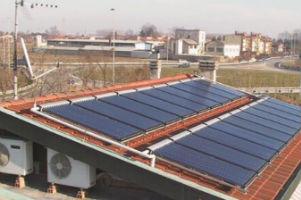 Absorption cooling systems become a new environmental alternative, as they can be operated with renewable energy sources, such as solar energy, and in addition to this, use environmentally friendly refrigerants.
Absorption cooling systems become a new environmental alternative, as they can be operated with renewable energy sources, such as solar energy, and in addition to this, use environmentally friendly refrigerants.
by Jorge A. Cardona GIL and César A. Isaza*
Buildings have an impact on people's lives and the health of the planet. In developed countries, buildings use about one-third of total energy, two-thirds of electricity and one-eighth of water, and transform land that provides valuable ecological resources.
The use of these resources and their impact on the environment may be more relevant in developing countries, such as Colombia, where the technology used for the construction and operation of most buildings is not highly developed. In this context, "sustainable building" or "green building" has been defined as a definitive standard that is given through an evaluation of the environmental performance on the life cycle of a building, which is seen and understood as a whole [CITATION LEE08 \l 9226 ].
The previous situation has made different institutions, guilds, governments and companies interested in implementing measures that tend to rationalize the use of natural resources in buildings and make these important structures of society in harmony with the environment. The vast majority of current air conditioning systems operate on the principle of the vapor compression cooling cycle [ CITATION Aco \l 9226 ]. It has been found that these contribute significantly in the opposite direction to the concept of sustainable development.
In Latin America the main initiative was the RIRAAS Network (Ibero-American Network of Refrigeration and Solar Air Conditioning), this network emerged before 2001, with the aim of promoting and disseminating cold production technologies with solar energy. It was co-financed by the Science and Technology for Development (Cyted) program and the National Council of Science and Technology of Mexico (Conacyt) until 2004.
In Latin America the main operating installation of solar air conditioning currently operates in Mexico, but in addition to this, there are a large number of prototypes of universities and research centers used for the research and development of different solar cooling technologies [CITATION WSp07 \l 9226 ].
This article aims to present an alternative in the use of air conditioning systems to achieve the standard of "sustainable building" in Colombia [ CITATION LEE08 \l 9226 ]. Under the standard of "sustainable buildings", the production of cold with unconventional thermal energy sources, such as solar-powered absorption cooling systems, is potentially attractive in the tertiary sector to meet the demand for cold through air conditioning systems in buildings, chain department stores and shopping centers, among others.
These types of buildings include institutions such as hospitals, universities, colleges, official and office buildings, in which air conditioning systems account for a large percentage of energy consumption. In the hotel sector, absorption equipment has a wide acceptance as air conditioning systems, given the publicity involved in offering environmentally friendly facilities [ CITATION LEE08 \l 9226 ]. In the literature there is not much about this type of systems, in which it is denoted that in Colombia, for example, exhaustive research has been done or that developments have been carried out.
Artificial fluids that were used commercially in air conditioning systems in buildings, such as chlorofluorocarbons (CFCs), hydrochlorofluorocarbons (HCFCs) and hydrofluorocarbons (HFCs), have been largely considered to cause the deterioration of the planet's ozone layer. They favor the greenhouse effect and to some extent, the increase in the global average temperature of the planet. Since the 1987 Montreal Protocol, international treaties have been signed to reduce emissions of these refrigerants; Colombia has been a party to the Montreal Protocol since the adoption of Law 29 of 1992 [CITATION Wue94 \l 9226 ].
Conventional cooling cycles operated by electric power contribute significantly to electricity and fossil fuel consumption. The International Refrigeration Institute (IIR) estimated that approximately 15% of all electricity produced in the world is used in some type of refrigeration and air conditioning process [CITATION Jor13 \l 9226 ].
Whenever there is the possibility of using thermal energies from renewable energies or effluents from industrial processes or cogeneration systems, the application of absorption systems for the production of cold will be competitive and interesting, which is why this article seeks to carry out the design and simulation of an air conditioning system operated with solar energy by absorption cooling cycle with classic control techniques, some of which will later become intelligent control techniques. In this way, it is intended to experiment with this type of systems to find efficient and low-cost forms of operation that, in the future, will be competitive in the commercial field.
State of the art
The purpose of a control system in a refrigeration plant is to provide automatic operation to avoid the labor cost of operators or where control is too complex for manual operation. This generates maximum efficiency and economy during the process [ CITATION Tro00 \l 9226 ]. In several parts of the world, this type of air conditioning systems operated with solar energy have been developed through an absorption cooling cycle, in the case of Puerto Rico, where Meza et al. [ CITATION Exp98 \l 9226 ] describe an experimental installation composed of a 35 kW (10 TR) Absorption Chiller, moved by an arrangement of 113 m2 of selective surface flat plate collector, a storage pond of 5.7 m3, a Cooling Tower of 84 kW capacity and with the application of an ON-OFF control for the stability and manipulation of the system.
Absorption cooling systems are mostly controlled by on/off controllers or proportional control strategies [ CITATION Váz01 \l 9226 ]. On-off controllers (ON-OFF control) lead to significant loss during the disconnection period due to which the process must be restarted and there is a refrigerant migration during this cycle [ CITATION WuJ90 \l 9226 ].
García [ CITATION Mig12 \l 9226 ] describes in his doctoral thesis made at the Universitat Rovira I Virgili in Spain, the process followed for the development of two pre-industrial prototypes of ammonia /lithium nitrate absorption chillers, one of water dissipation, and another of air dissipation (by aerotherm), and its experimental characterization with which he analyzes the partial load behavior of the new development, with an all/nothing control of the cooling capacity.
The control scheme known as constant generation temperature, is used, in configurations of solar air conditioning with boiler as an auxiliary system, which serves to energetically support the hot water loop, usually against the high temperature tank. This configuration has been analyzed in depth by Kohlenbach [ CITATION Pau06 \l 9226 ] with a 10 kW Water and Lithium Bromide simple effect absorption equipment, from the firm Phönix SonnenWärme AG.
The system analyzed by Kohlenbach [ CITATION Pau06 \l 9226 ] allows direct coupling between the collector field and the absorption equipment, by bypassing the tank. This is a strategy that allows for early morning starts. The different control strategies (PID and ON-OFF have been widely discussed in the literature by Kohlenbach [ CITATION Pau06 \l 9226 ]; concludes, after a simulation analysis, that the improvement in the electricity consumption of different pump control strategies in the hot water circuits (ON-OFF and PID) results in 6%, at the same time, which indicates as fruitless the search for the same conclusion through experimentation, finding in that case no significant differences in its trial campaign.
With regard to ice water, Kohlenbach [ CITATION Pau06 \l 9226 ] applies classic control techniques
ON-OFF, P, PI and PID, with which it adjusts the opening of a three-way valve that is located at the inlet of the generator of the Absorption Machine and that varies the flow of hot water to vary the temperature of the ice water. Kohlenbach [ CITATION Pau06 \l 9226 ] in addition to the controls carried out on the flow of the ice water and hot water circuits, controls the fan speed of the cooling tower with a PID control.
A Functional Predictive Control (PFC) was the method proposed by Fallahsohi et al. [ CITATION HFa10 \l 9226 ] to control evaporator overheating with an electronic expansion valve. Overheating can be controlled more precisely by PFC than with conventional PID controllers. This work was carried out in order to study the influence of the PFC control method on the (COP). The experiments were carried out on an absorption cooling machine by changing the cooling capacity from 120 to 30 kW. The PFC improved the rejection of disturbances compared to a PID control, in this way it was possible to reduce the overheating adjustment value.
In Chile they developed the Optimization of an Absorption Cooling System assisted by Solar Energy when using TRNSYS®. For this system they used TRNSYS® 16. From the simulation carried out in the TrnBuild environment of TRNSYS® to determine the demand for air conditioning of the house under study, results were obtained that indicate that this demand begins from August until the month of April, with critical periods for the months of December and January in which the maximum load of 23 kW (6.55 TR) occurs. An ON-OFF controller that acts on the system pump to control the turning on and off of the hot water circuit. It has a high temperature cut, which is activated if the inlet temperature to the collector is greater than 98 °C. 2 °C and 0.15 °C have been considered as upper dead-band and lower dead-band values, respectively [ CITATION Hum09 \l 9226 ].
In Valladolid, Spain, in Cartif, Boecillo Technology Park, the installed machine is a Yazaki WFC10 cooling group, with simple effect, powered by water. Its cooling power is 34.9 kW, which offers nominal conditions of 8 °C of ice water for an inlet temperature of 88 °C, and a COP of 0.7 (simulated system in TRNSYS®).
Cartif has set up a general-purpose monitoring and control network that covers a multitude of applications in a distributed way. A LonWorks network has been chosen, which offers all the advantages of a distributed system in terms of robustness and reliability at a low cost compared to other industrial systems. The control technique used is a classic technique of continuous control, that is, in this project a PID control was used to control the three-way valves used and the water circulation pumps, and in this way maintain a desired temperature in the enclosure [ CITATION Lui11 \l 9226 ].
Lygouras et al. [ CITATION JNL07 \l 9226 ] performed the implementation of a controller by fuzzy logic of variable structure for a solar-powered air conditioning system. Two DC motors are used to drive the generator pump (hot water) and the feed pump (ice water) of the solar-powered air conditioning system. Two different control strategies were applied to control the regulation of the rotational speed of direct current motors: the first is a pure diffuse controller, its output is the control signal for the dc current motor controller. A 7 x 7 fuzzy array assigns the output of the regulator with respect to the value of the error and the derivative of the error. The second is a two-level controller. The lower level is a conventional PID controller, and the highest level is a diffuse controller that acts on the parameters of the low-level controller. The contribution of this design is that in the control system fuzzy logic is implemented by software and a low-cost 16-bit microcontroller.
In the Republic of Panama, refrigeration and air conditioning systems consume a high percentage of the electrical energy produced, so they made a system with a low percentage of electricity consumption. The absorption system maintained the temperature and relative humidity of the zones at 23 °C and 58% respectively (system previously simulated in TRNSYS®), and was also able to save about 75% of electricity consumption when compared to a Split compression air conditioning system. The on and off (ON-OFF control) of the pump that drives the water between the collectors and the Storage Tank, was simulated by using a control system that turns it on when the temperature difference between the outlet of the collectors and the lowest part of the Storage Tank is greater than zero and turns it off when this difference is less [ CITATION Est13 \l 9226 ].
Note: In the next edition we will publish the second part of this article that will refer to the materials and methods for the operation of a solar air conditioning system, as well as the conclusions of the research.
References
[1] LEED, "LEED-USGBC," Green Building Council, 2008. [Online]. Available in: http://www.usgbc.org/LEED.
[2] Air Conditioning, "Description of the Different Types of Air Conditioning," 2015. [Online]. Available in: http://www.elaireacondicionado.com/tipos_aire_acondicionado/.
[3] W. Sparber, A. Napolitano and P. Melograno, "Overwiew On World Wide Installed Solar Cooling Systems," October 2007. [Online]. Available in: http://task38.iea-shc.org/data/sites/1/publications/task38-Overview.pdf.
[4] D. Wuebbles, "The role of refrigerants in climate change," 1994. [Online]. Available in: http://www.sciencedirect.com/science/article/pii/0140700794900825.
[5] J. P. Pérez, "Experimentation of new configurations aimed at improving THE COP in vapor compression cycles using CO2
as a refrigerant,» May 2013. [Online]. Available in: http://www.git.uji.es/investigacion/docs_investigacion/Tesis_Jorge%20Patino_UJI_2013.pdf.
[6] A. R. Trott and T. Welch, "Refrigeration and air-conditioning," 2000. [Online]. Available in: http://ezproxy.library.uwa.edu.au/login?url=http://www.engineeringvillage2.org/controller/servlet/OpenURL?genre=book&isbn=075064219x .
[7] J. Meza, J. González and A. Khan, "Experimental assessment of a solar assisted air conditioning system for applications in Puerto Rico," 1998.
[8] J. Fernández-Seara and M. Vázquez, «Study and control of the optimal generation temperature in NH3-H2O absorption refrigeration systems,» 2001. [Online]. Available in: http://www.sciencedirect.com/science/article/pii/S1359431100000478.
[9] J. Wang and Y. Wu, "Start-up and shut-down operation in a reciprocating compressor refrigeration system with capillary tubes," 1990. [Online]. Available in: http://www.sciencedirect.com/science/article/pii/0140700790900747.
[10] M. Z. García, "Industrial Optimization and Control Strategy of an Ammonia/Lithium Nitrate Absorption Chiller with Air Dissipation," 2012. [Online]. Available in: http://tdx.cat/handle/10803/284083.
[11] P. Kohlenbach, "Solar cooling with absorption chillers: Control strategies and transient chiller performance," January 2006. [Online]. Available in: https://opus4.kobv.de/opus4-tuberlin/files/1271/kohlenbach_paul.pdf.
[12] H. Fallahsohi, C. Changenet, S. Placé, C. Ligeret and X. Lin-Shi, "Predictive functional control of an expansion valve for minimizing the superheat
of an evaporator," 2010. [Online]. Available in: http://www.sciencedirect.com/science/article/pii/S0140700709002424.
[13] H. Vidal and D. P. Mansilla, "Optimization of a Solar Energy-Assisted Absorption Cooling System Using TRNSYS," November 2009. [Online]. Available in: http://www.frioycalor.cl/99/tema2.htm.
[14] L. A. Bujedo, J. Rodríguez, P. J. Martínez, «Experimental results of different control strategies in a solar air-conditioning system at part load,» 2011. [Online]. Available in: http://www.sciencedirect.com/science/article/pii/S0038092X11000922.
[15] J. Lygouras, P. Botsaris J. Vourvoulakis and V. Kodogiannis, "Fuzzy logic controller implementation for a solar air-conditioning system," 2007. [Online]. Available in: http://www.sciencedirect.com/science/article/pii/S0306261906001462.
[16] E. Quintana and R. Díaz, "Simulation of an Air Conditioning System by Absorption with Solar Assistance in Panama Using TRNSYS," December 2013. [Online]. Available in: http://www.utp.ac.pa/documentos/2014/pdf/ID_92_Articulo_6.pdf.
[17] H. Vidal and S. Colle, "Hourly Simulation of a Combined Refrigeration System Ejector-Vapor Compression Assisted by Solar Energy and Natural Gas," March 2009. [Online]. Available in: http://www.scielo.cl/scielo.php?pid=S0718-33052009000100007&script=sci_arttext.
[18] J. Edmonds, D. Wuebbles and M. Scott, "Energy and radiative precursor emissions," December 1987. [Online]. Available in: http://www.osti.gov/scitech/biblio/6468199#cite-bib.
[19] J. Duarte, "Cogeneration in Energy Efficient Buildings," November 2011. [Online]. Available in: http://www.upme.gov.co/Docs/Seminarios/2011/EEE/5%20JAVIER%20DUARTE.pdf.
[20] LUCY, "Shandong lucy new energy technology co.,ltd," 2015. [Online]. Available in: http://www.lucysolar.com/shouye.asp.
* Research Group in Energy and Thermodynamics GET, Faculty of Mechanical Engineering, Universidad Pontificia Bolivariana. For more information you can write to the email [email protected]


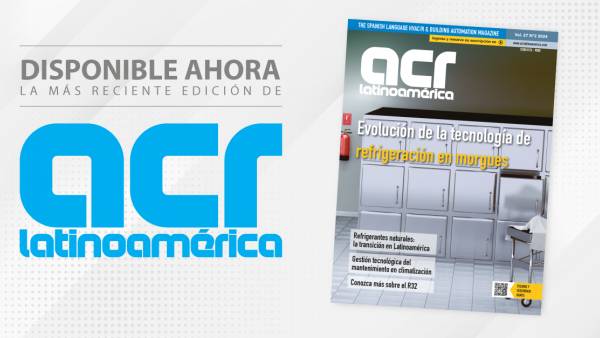
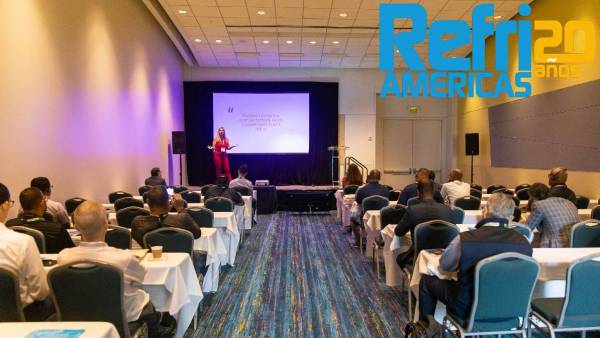
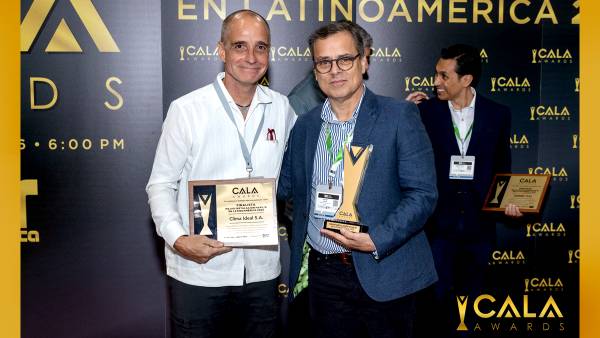
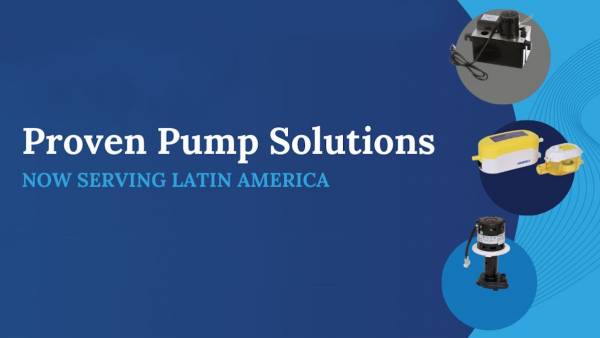

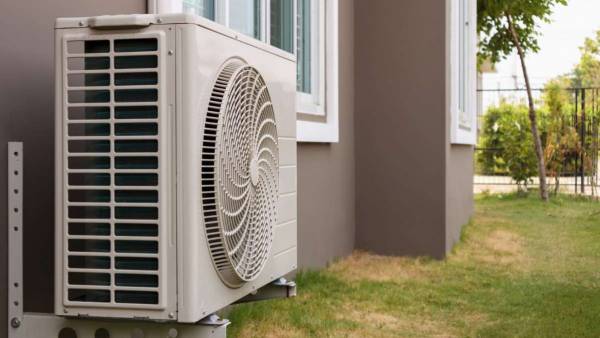

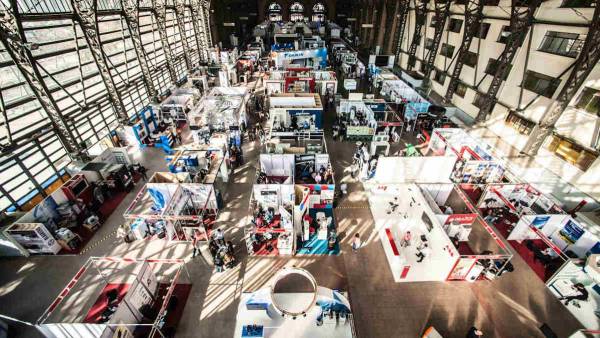














Leave your comment